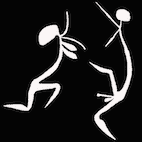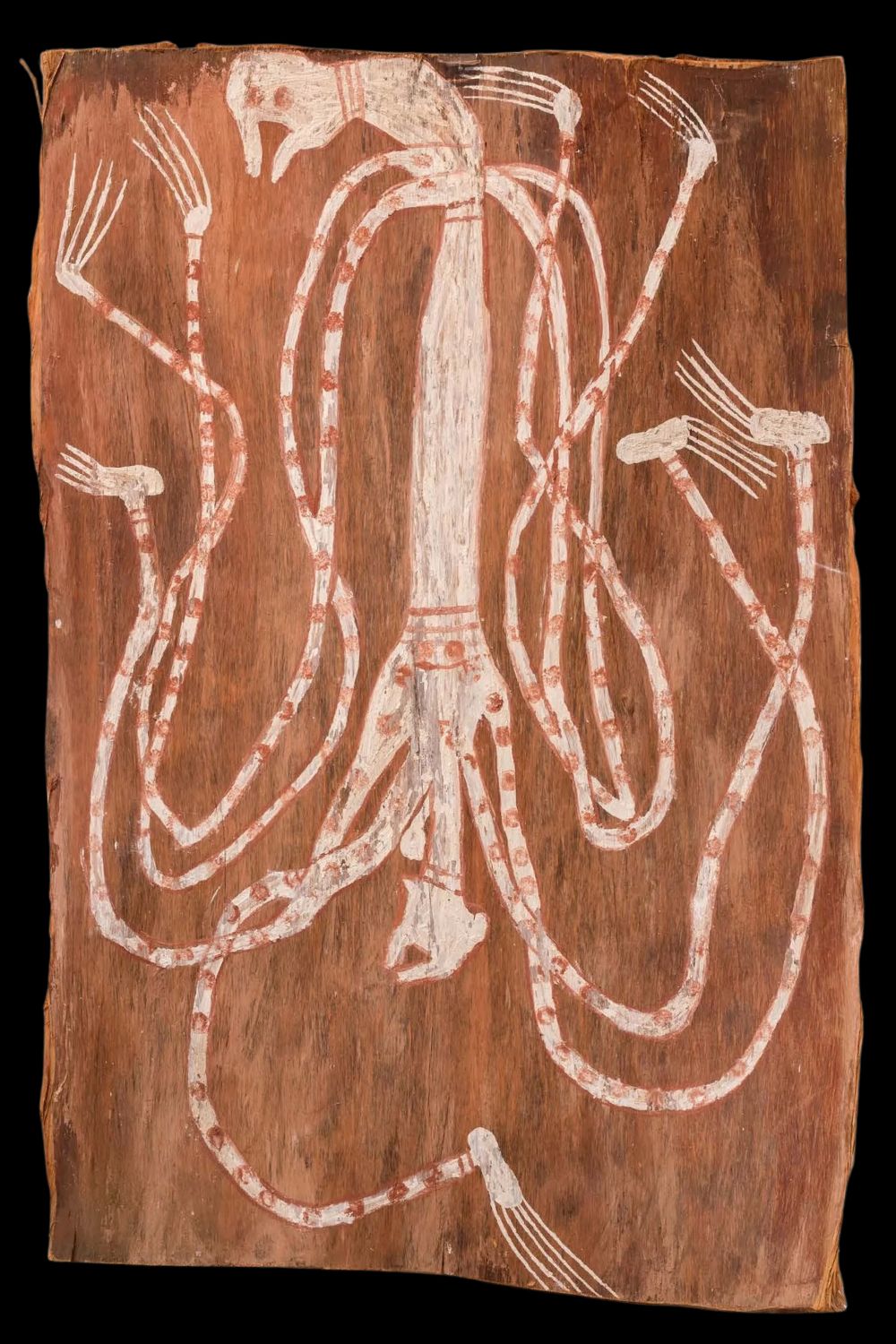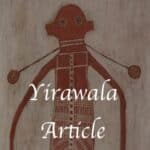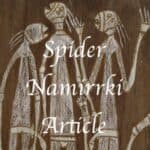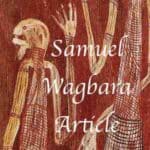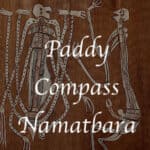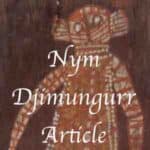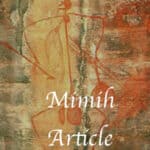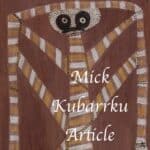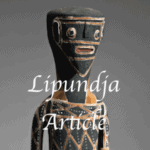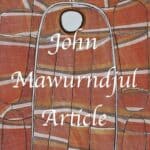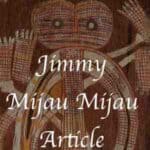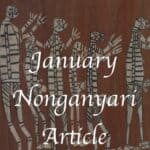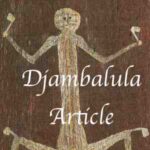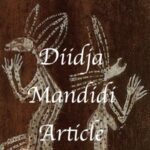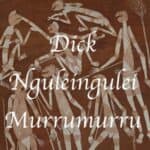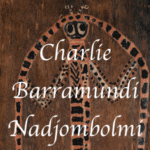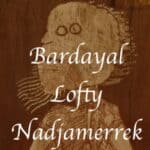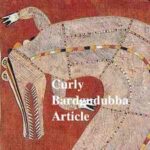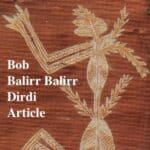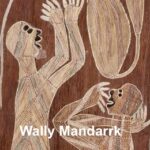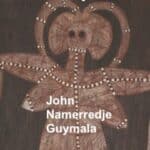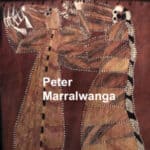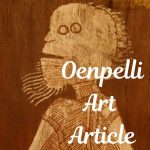Oenpelli Art
The Majority of Oenpelli Art is bark paintings. Traditionally the art of this area was painted on rock shelters and on the bark panels of temporary shelters. Arnhem Land Rock Art goes back at least 20,000 years and x-ray style Oenpelli Art at least 8000 years. It is this form of Aboriginal Art that truly is the longest ongoing art tradition in the world.
Oenpelli is the name of a mission, based in Gunbalanya near the Alligator River. It was established by the Church Missionary Society in 1925 at the site of the Government run Oenpelli Aboriginal Reserve.
The mission encouraged Gaagadju artist to paint and and make handicrafts and many of the early works from this area still have mission labels recording the artist and the story depicted.
I am a keen collector of Oenpelli Bark paintings and if you have one and would like to know what it is worth please send me an image.
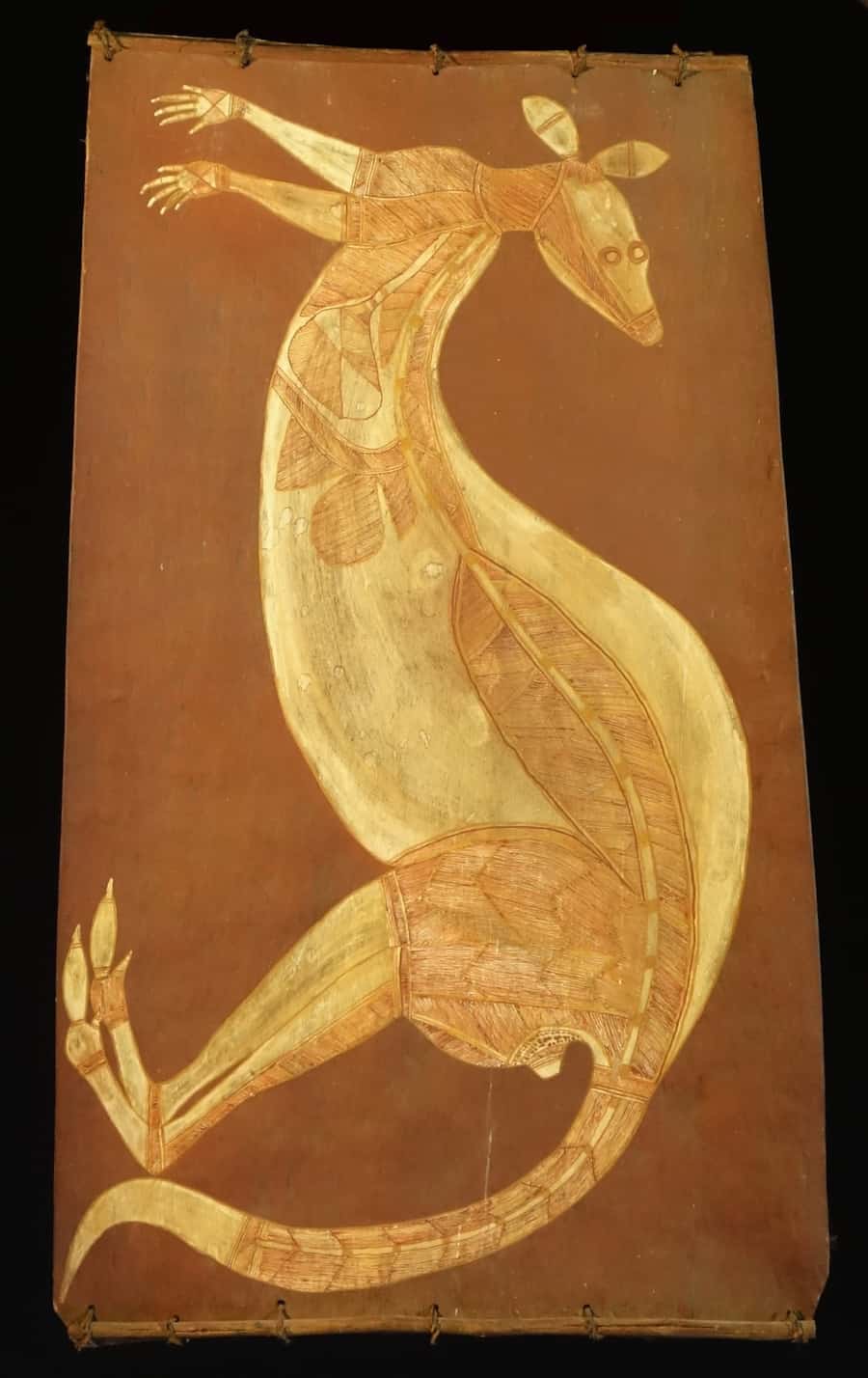
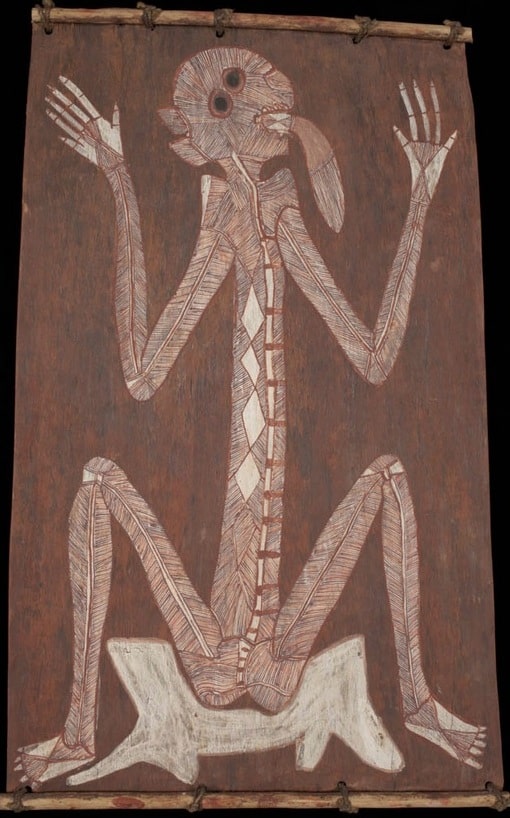
Oenpelli Art Style
Traditional Oenpelli Bark paintings have a monochrome background. After the bark has been stripped from the tree and staraightened over a fire it is painted a single colour. The image or images are then painted leaving a single colour background. The insides of the animals were often depicted leading some people to refer to the art style as X-Ray art.
The reason the details of the internal anatomy is depicted is to bring the totemic animal to life. Traditionally these were more than just images of animals they were related to a deeper traditional spiritual connection to ancestral dreamings.
Oenpelli Art does not just include real animals but also includes creatures from the ancient past like the Raibow Serpent and Mimih spirits.
Some artists also painted scenes of Customary practises and initiation ceremonies.
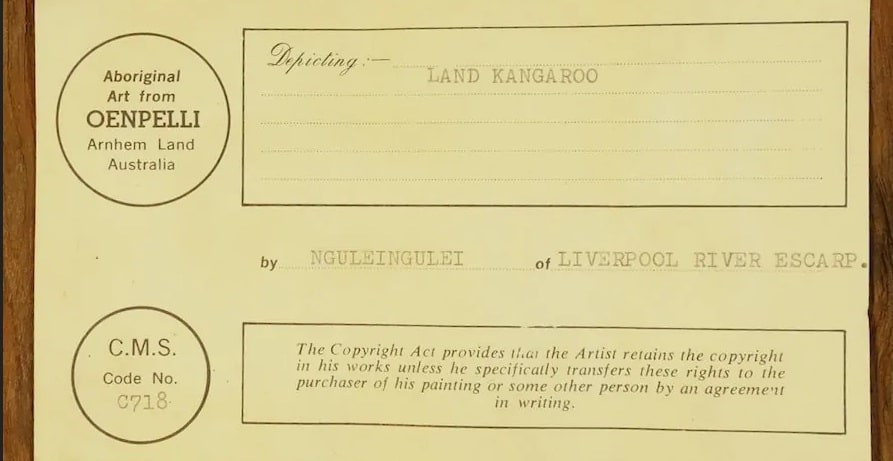
Oenpelli Paintings collection history
The first major collection of Oenpelli Bark paintings was made in 1912 by Baldwin Spencer. In his role as director of the National Museum of Victoria, Baldwin Spencer asked Paddy Cahill to commission several bark paintings from Gaagadju (Oenpelli) artists. In all, about 170 paintings were commissioned in this way between 1912 and 1922.
The early bark paintings prior to the 1960’s were often on rough-cut sheets of bark and unsupported by framework.
In the 1960’s because barks bend, artists often used to drill the top and bottom of the barks so that firm sticks could be attached. These firm stick frames ensured that the bark would not curl as it dried out and these later barks tend to be rectangular.

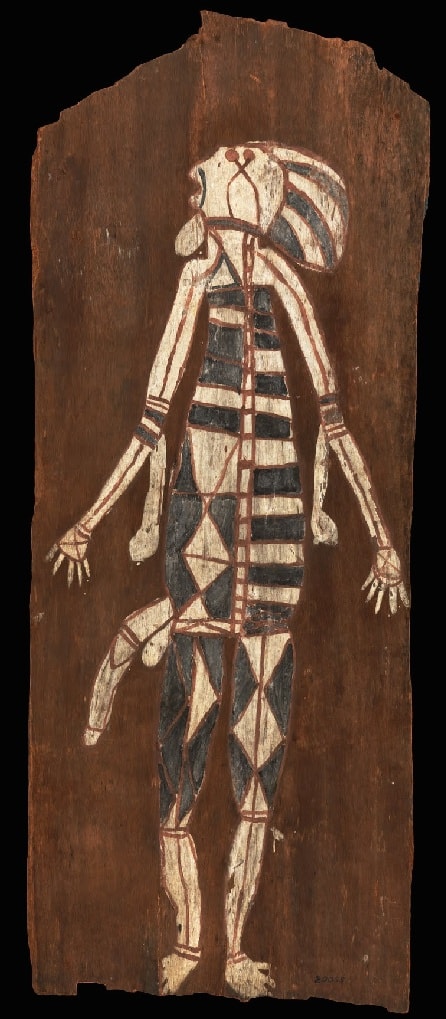
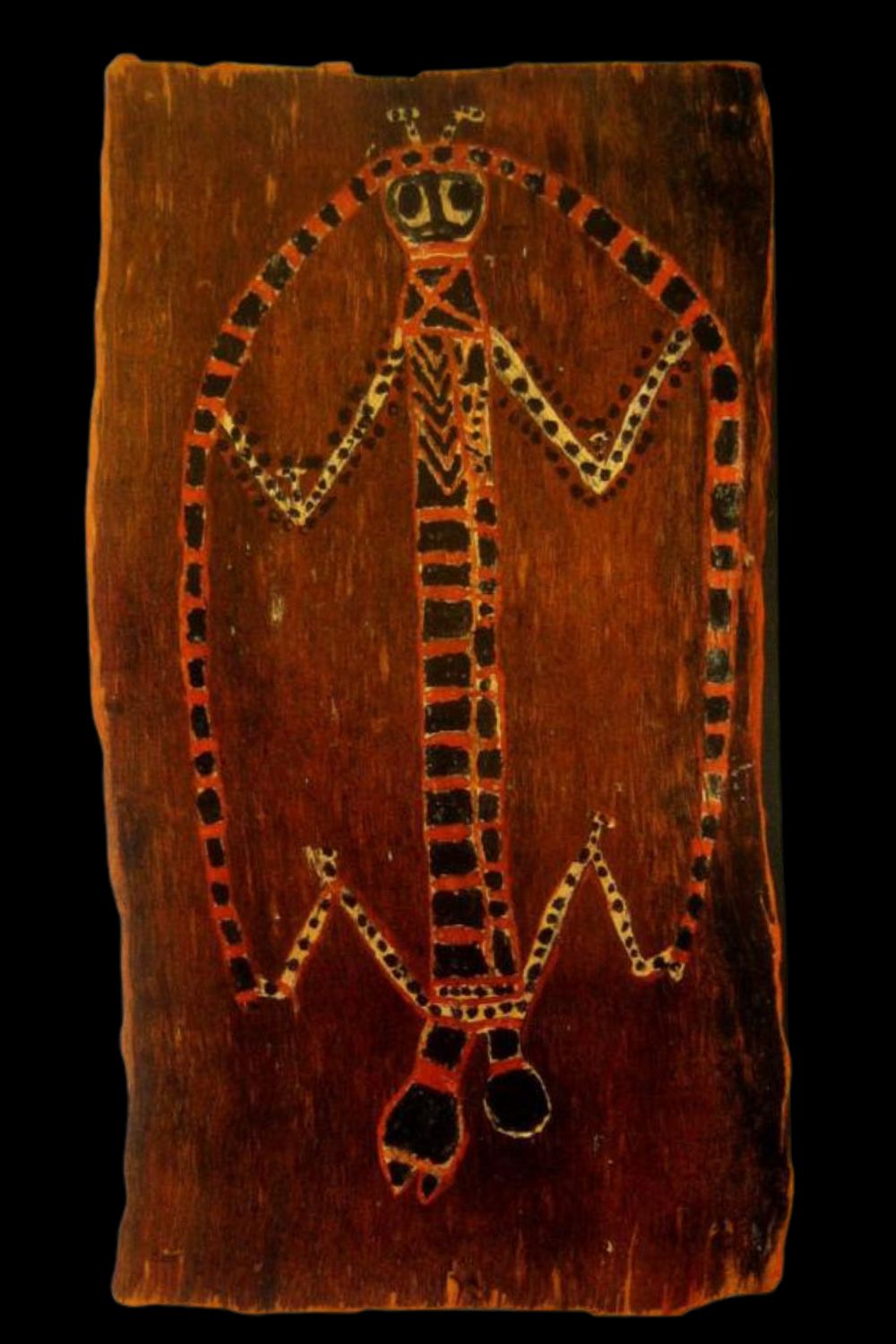
Oenpelli bark painting meanings
The imagery painted on bark by Oenpelli artists is related to dreamings or song lines. Even a picture of a Barramundi is not just a Barramundi but refers to a particular traditional legend story of significance to the artist. Some of these stories like the Namarrkon lightning spirit (opposite) are easier to understand if you know the story.
Crocker Island Art
The Art of Crocker island is by the same people as Oenpelli Art but the style although similar is looser. The art from Crocker Island is some of the rawest and most fluid depictions of spirits found anywhere on earth.
Many of the bark paintings from Crocker island have a simplicity and yet still carry a huge sense of spiritual importance that makes art great.
Oenpelli Art is a distinct art style quite different from Tiwi Art, Groote Eylandt Art, Wandjina Art or Aboriginal Dot Art
Gaagadju (Oenpelli) Artists
Yirawala
Yirawala is one of the most important Aboriginal artists in Australian Art History. He was an innovator who took his oenpelli roots and combined them with different styles of Arnhem land art. The combination of styles resulted in some exceptional artworks that had clear single images combined with fantastic crosshatching.
He was an authority on traditional tribal beliefs which allowed him to paint many of the beings of the Kuninjku people.
He was a prolific artist and is very collectable.

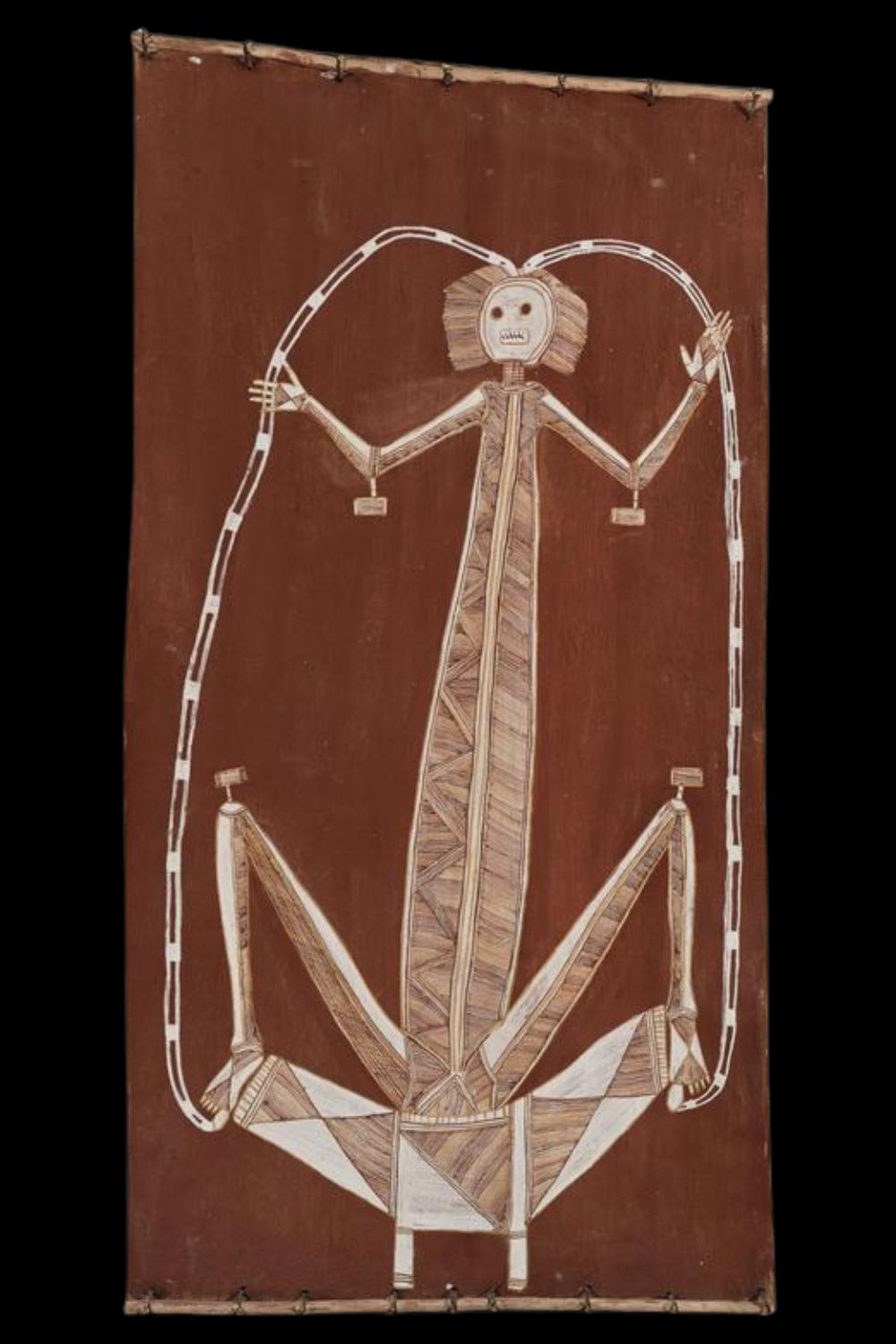
Lofty Nadjamerrek
Lofty Nadjamerrek was one of the best and most prolific Aboriginal bark painters from Oenpelli in Western Arnhem Land. He stuck true to his cave painting background and painted in a traditional X-ray style.
The high quality, intensity, and fineness of his parallel line hatching often distinguish Lofty’s work. He painted on Rectangular bark with either a red or Black background. Lofty Nadjamerrek does not use crosshatching an preferred fine parallel line work.
Paddy Compass Namatbara
One of the earliest known bark painters from Croker Island, Paddy Compass Namatbara also called Paddy Compass Namadbara began producing work at the Minjilang Mission as early as 1941, making him a foundational figure in the development of modern Aboriginal bark painting. It is likely that some of the bark paintings collected as early as 1912 were by Paddy as a young man.
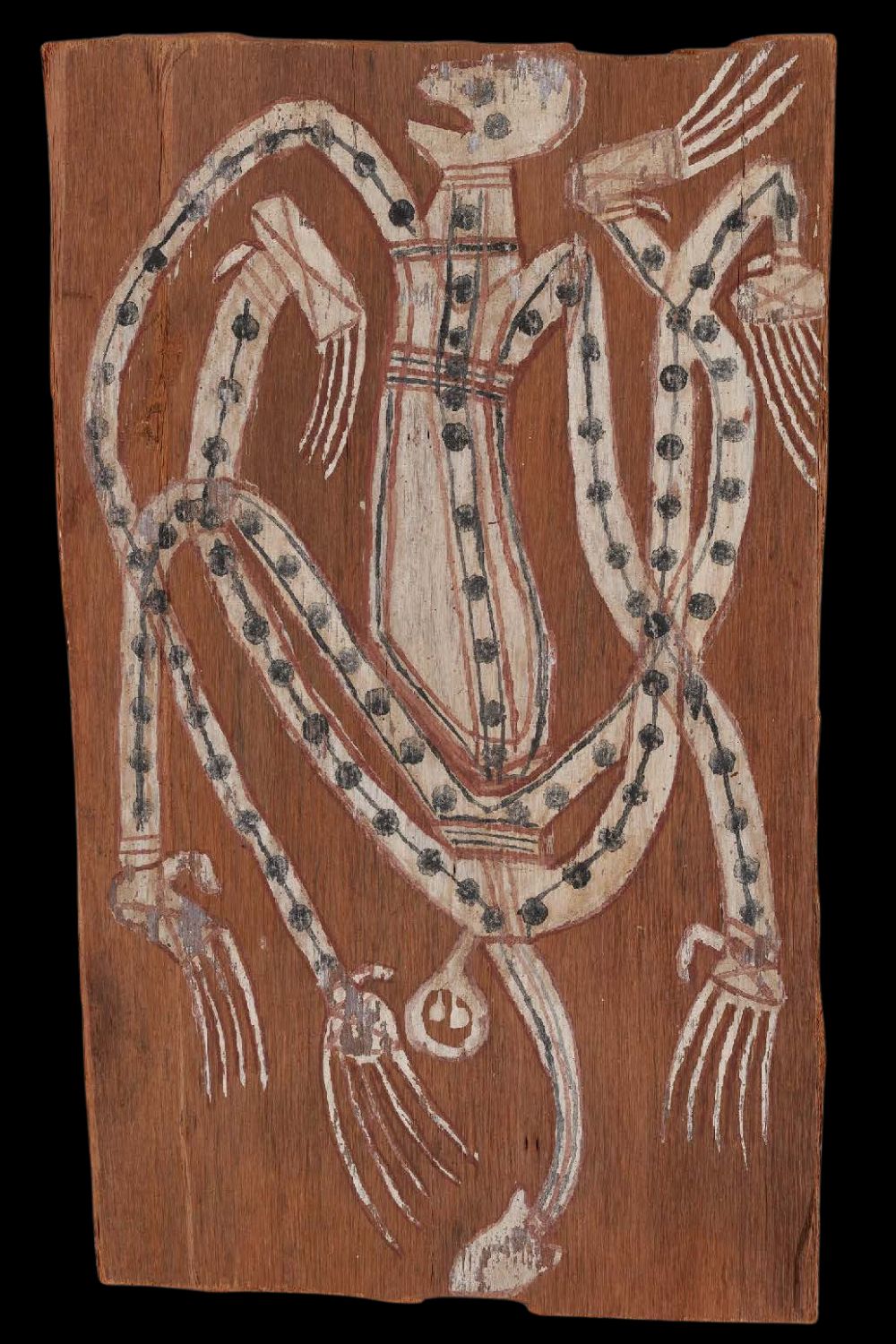
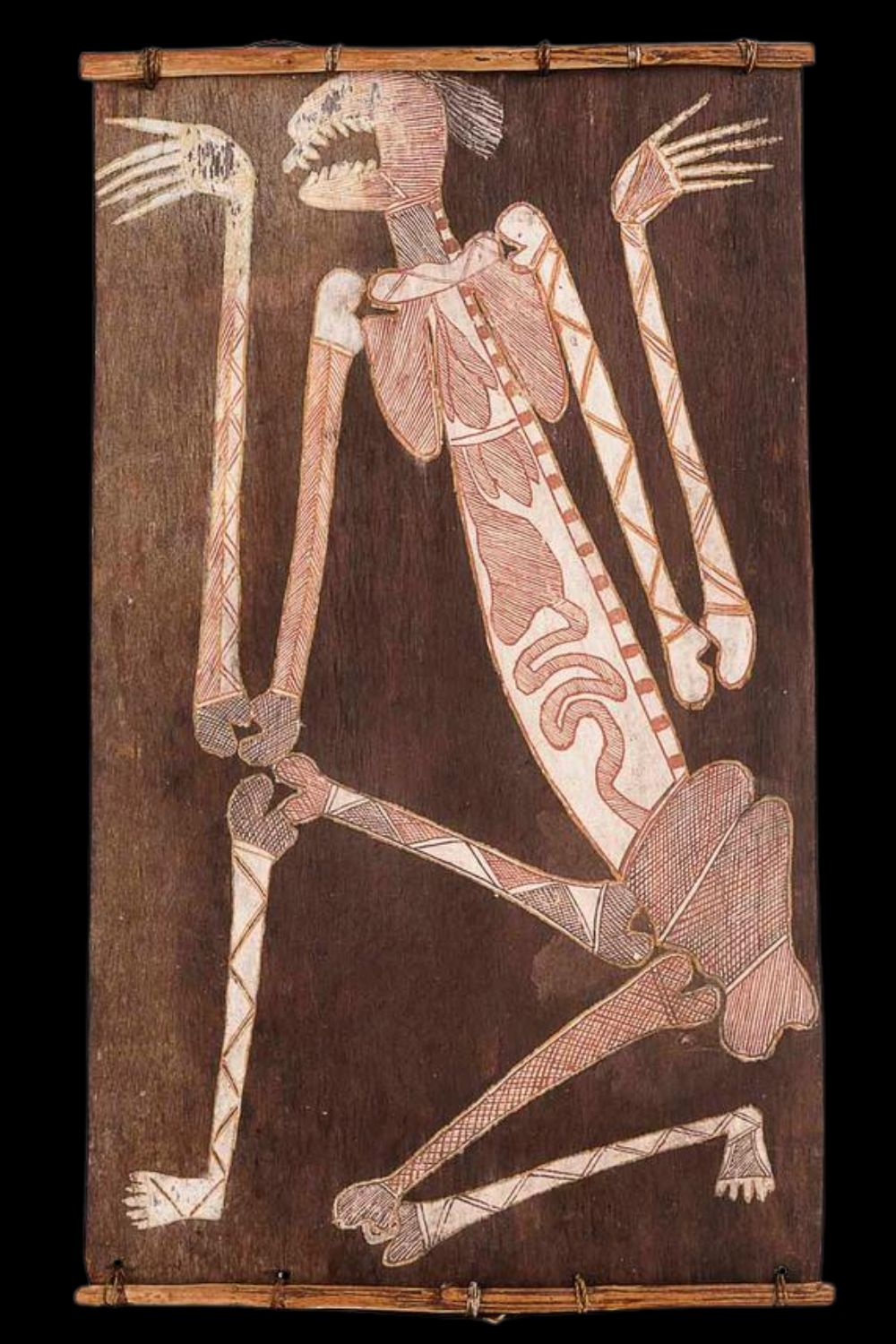
Dick Murrumurru Nguelingueli
Born circa 1920 at Kukadjerri, Dick Murrumurru Nguelingueli spent his formative years immersed in the stone escarpments and rugged sandstone country at the headwaters of the Liverpool River in Western Arnhem Land. Deeply rooted in rock art traditions, his bark paintings are celebrated for preserving the ancient aesthetic and ceremonial integrity of these early cultural expressions.
Mick Kubarkku
Among the great painters of Western Arnhem Land, Mick Kubarkku (also spelled Kuparrku or Kubarrku) stands as a visionary custodian of rock art tradition—an artist whose works bridge the sacred and the contemporary, the ceremonial and the collectible.
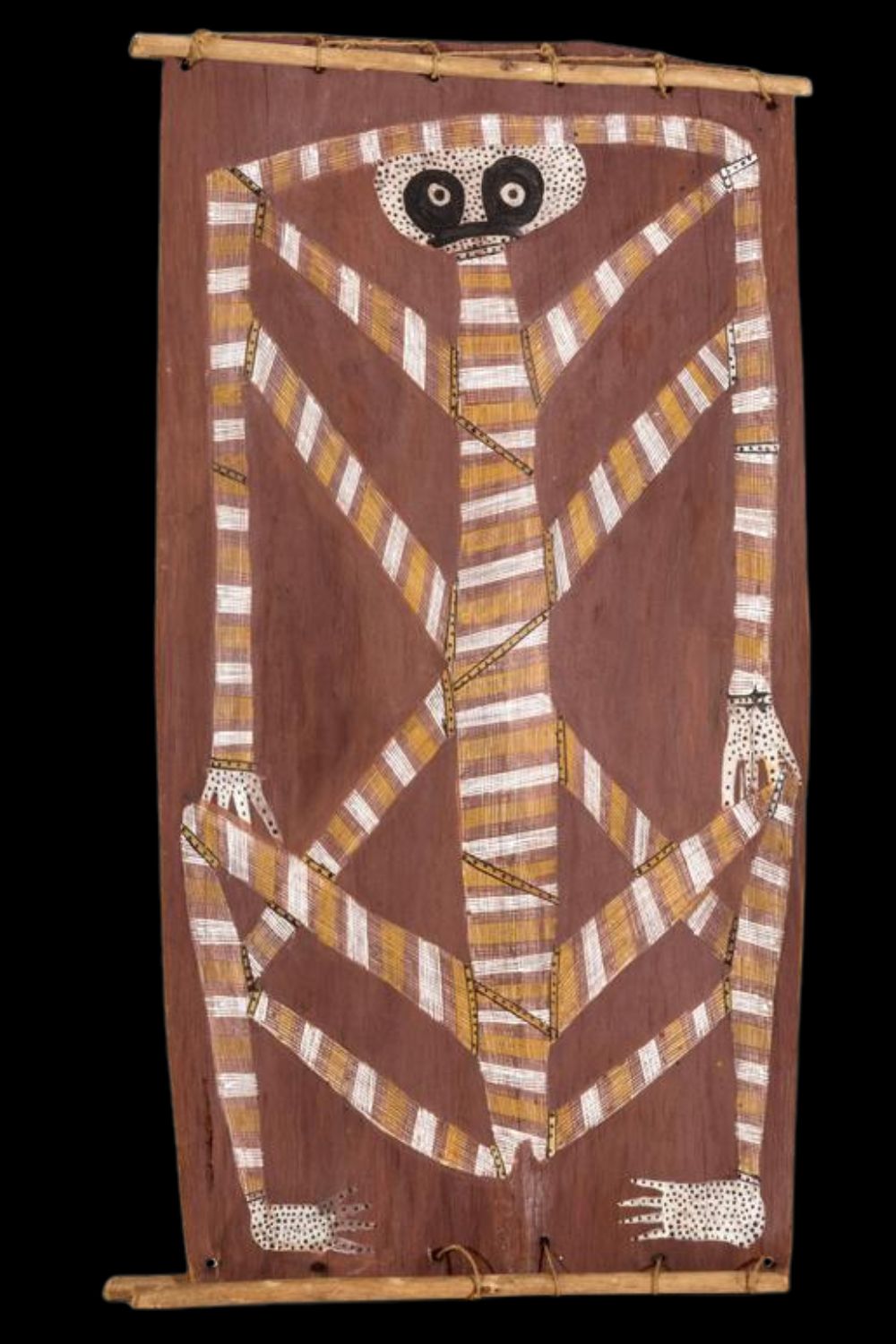
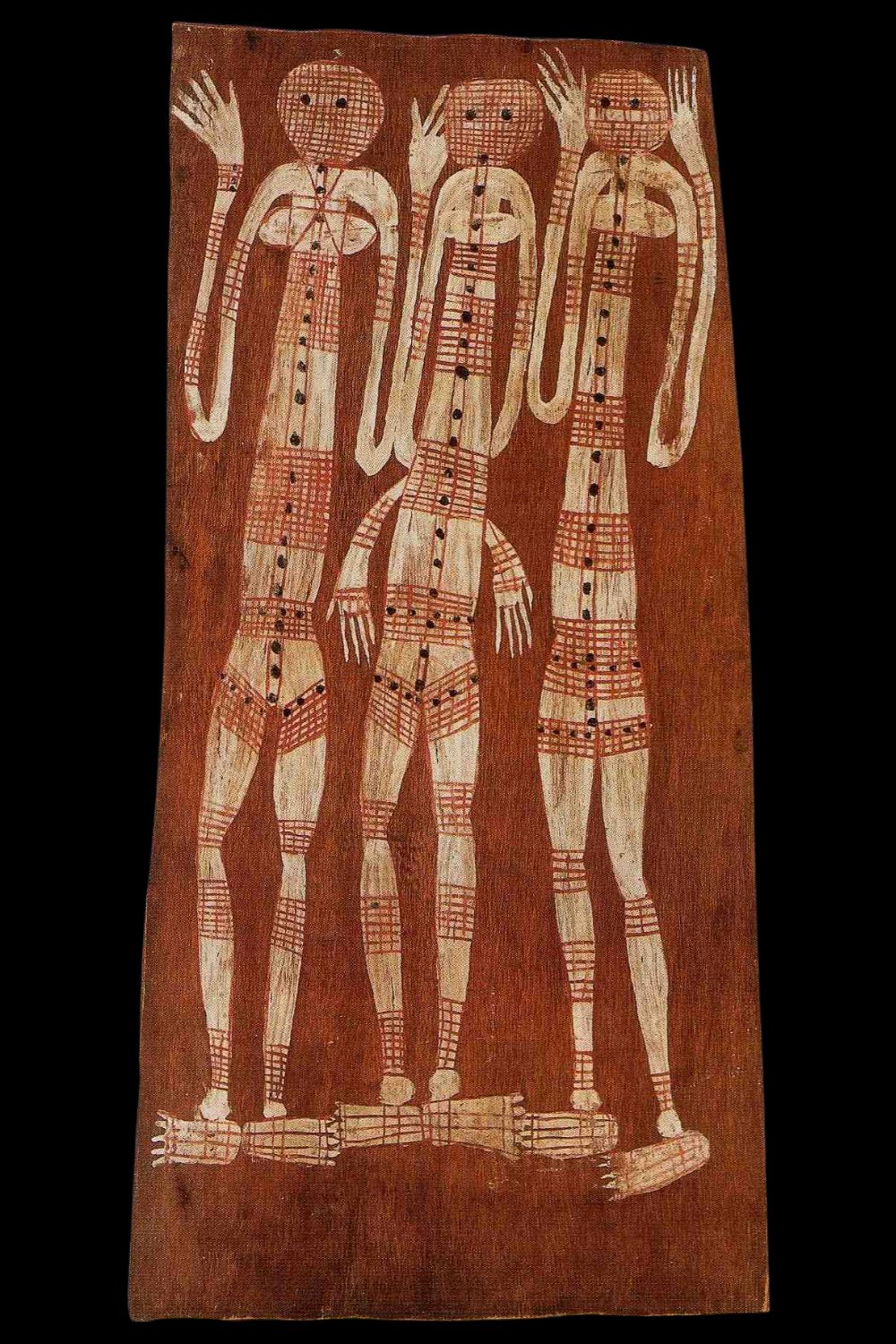
Jimmy Midjaumidjau
Jimmy Midjaumidjau, whose name appears in various historical records as Jimmy Mijau Mijau, Midjaw Midjaw, Midjau Midjau, and Jimmy Midjawmidjaw, was born around 1897 in Minjilang on Croker Island, off the coast of Western Arnhem Land. A Kuninjku-speaking artist, Midjaumidjau stands as one of the great early bark painters
Peter Marralwanga
Peter Marralwanga was a highly respected ceremonial leader and one of the most influential bark painters to emerge from Western Arnhem Land during the mid-20th century. Born around 1916, Marralwanga spent most of his life at the remote outstation of Marrkolidjban, located in the stone country of Western Arnhem Land. While he moved temporarily to Maningrida in the 1960s to advocate for homeland recognition, he soon returned to country, disillusioned by settlement life and concerned about encroaching mining activities
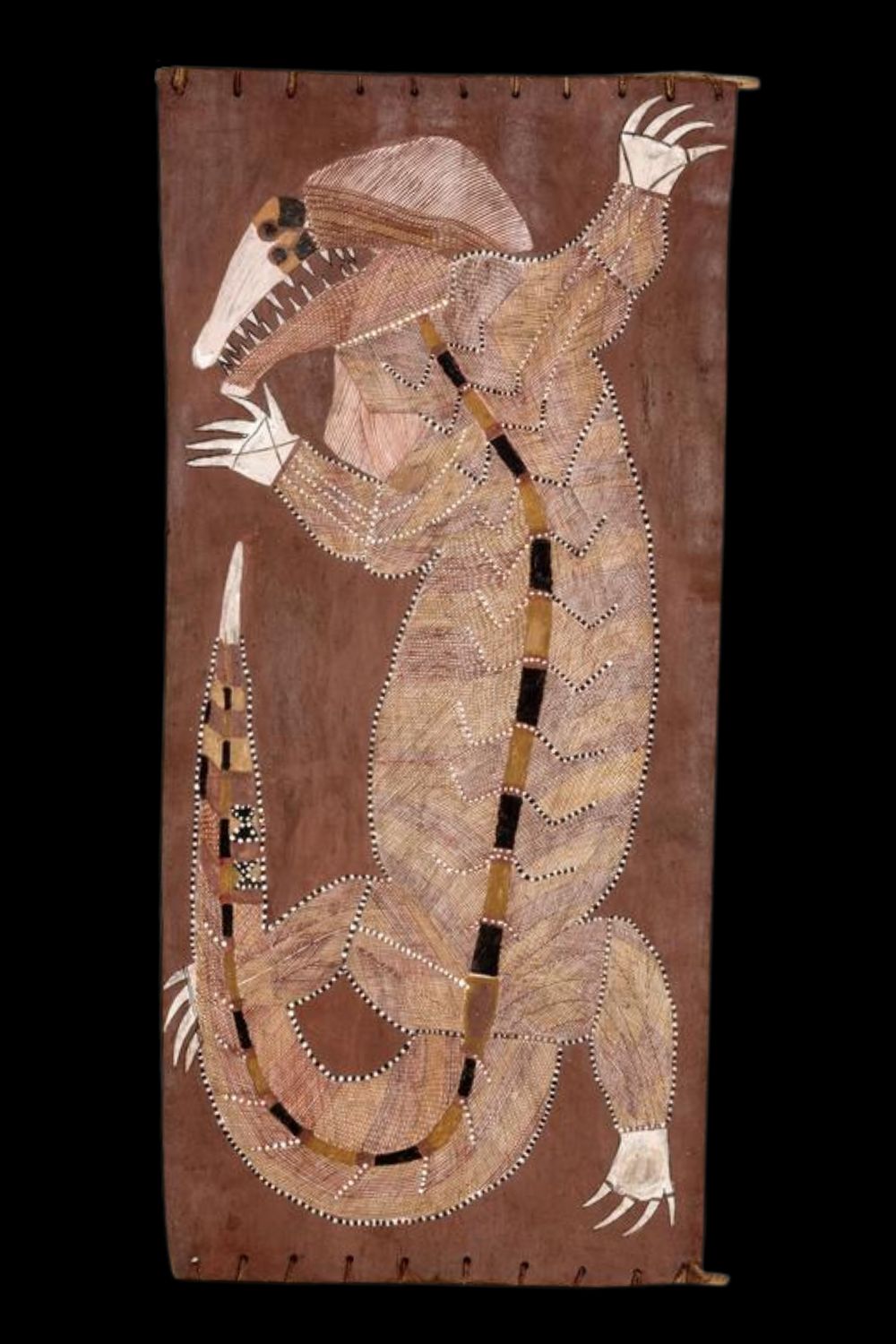
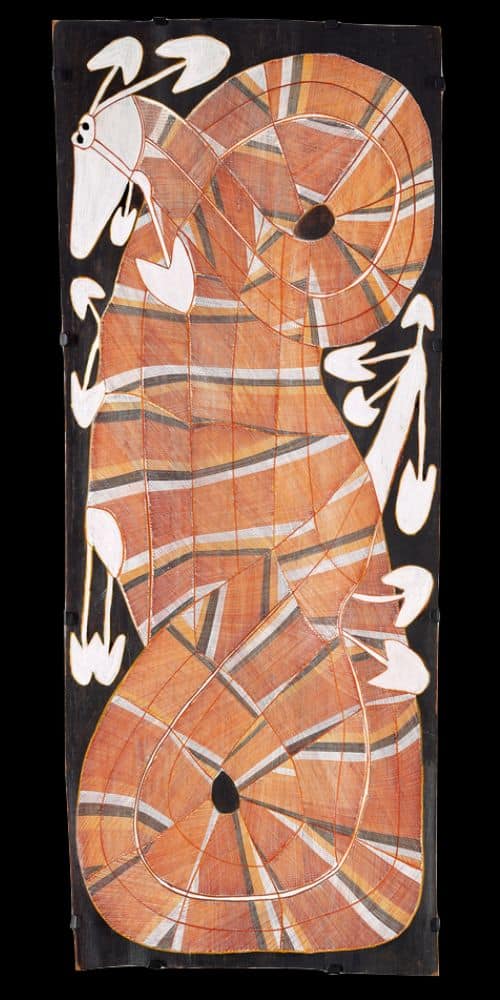
John Mawurndjul
John Mawurndjul started painting figurative works of Kuninjku mythological creatures and totemic animals. These included the Rainbow Serpent as well as local natural species, such as barramundi, bandicoots, and possum.
In 1988 Mawurndjul abandoned figurative iconography. Instead, he created an abstracted vision of country on Bark completely made of Rarrk. John depicts his clan’s mythology and sacred sites associated Mardayin ceremony.
Wally Mandarrk
Wally Mandarrk’s practice was defined by his unwavering adherence to traditional materials and methods. Long after other artists transitioned to synthetic adhesives, Mandarrk continued to employ djalamardi—orchid sap—as a natural binder for his ochres, imparting a matte, earthen texture to his surfaces. His figures are notable for their robust, simplified outlines and precise infill of rarrk—cross-hatching in bands of red, yellow, and white pigment, often applied with a uni-directional or vertical rhythm.

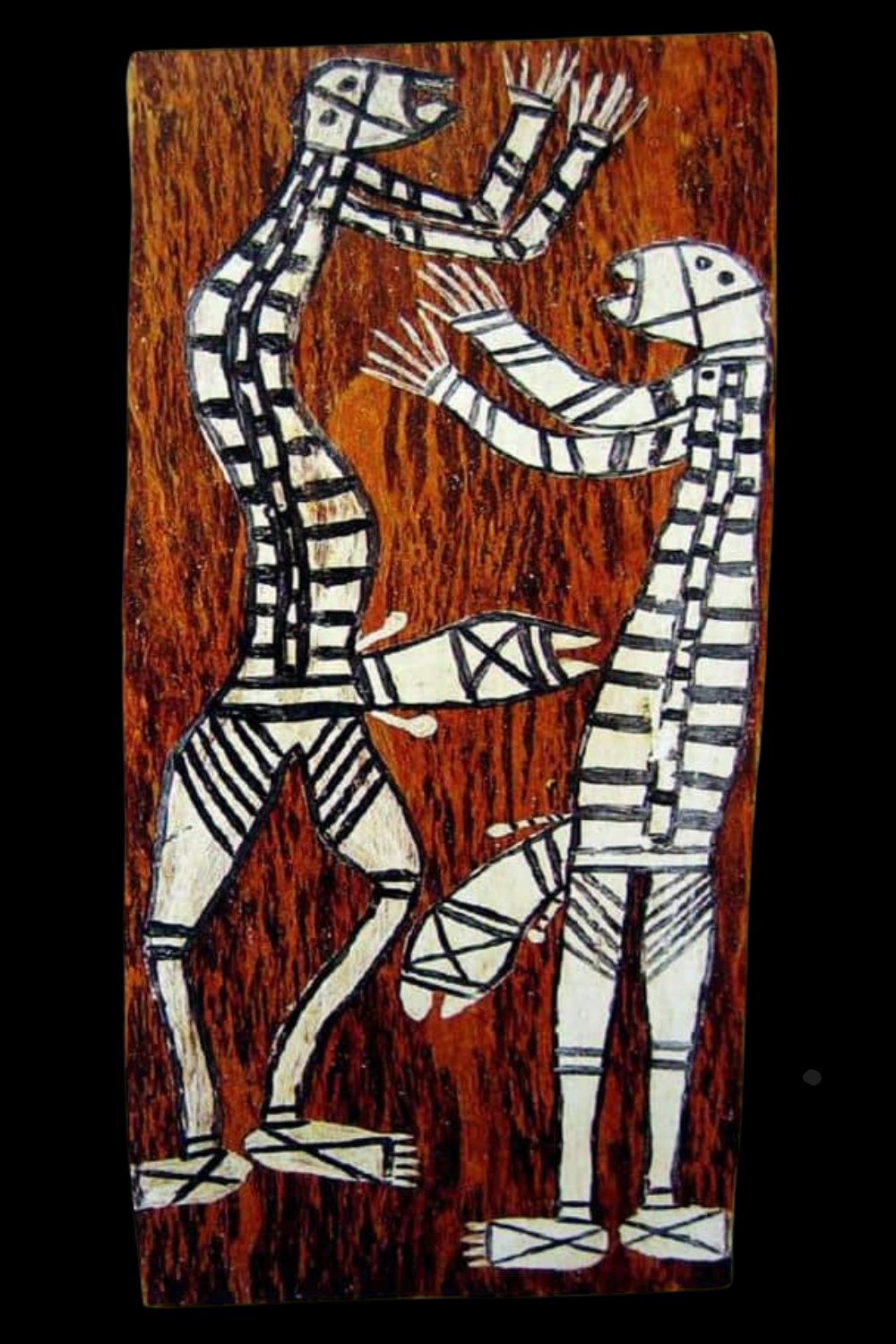
January Nonganyari
Nonganyari’s paintings typically feature tall, slender Mimi spirits—mischievous ancestral beings central to Western Arnhem Land mythology—often depicted mid-gesture, appearing to wave or dance. His figures are rendered predominantly in white, with black or red detailing, set against a flat monochrome ground of deep ochre red or warm yellow. Some works carry a distinctive “zebra-stripe” quality, created through parallel lines. Nonganyari died just after Oenpelli Art became commercially collected so not many of his works exist compared to other artists.
Bobby Ngainjmirra
Bobby Barrdjaray Nganjmirra was a prolific and foundational figure in the Kunwinjku bark painting tradition. His early works bear the hallmarks of rock art influence: white silhouettes and red hatching. Over time, he adopted rarrk (cross-hatching) techniques associated with Mardayin ceremonial designs, adding a spiritual resonance to his figurative compositions. His subjects included Luma Luma the hunter, the Yawk Yawk sisters Marrayka and Likanaya, the Rainbow Serpent Yingara, and Baby Dreaming from Kudjekbinj—all central narratives of the Kunwinjku cosmology.
His earlier more traditional works are more collectable and valuable than his later artworks.
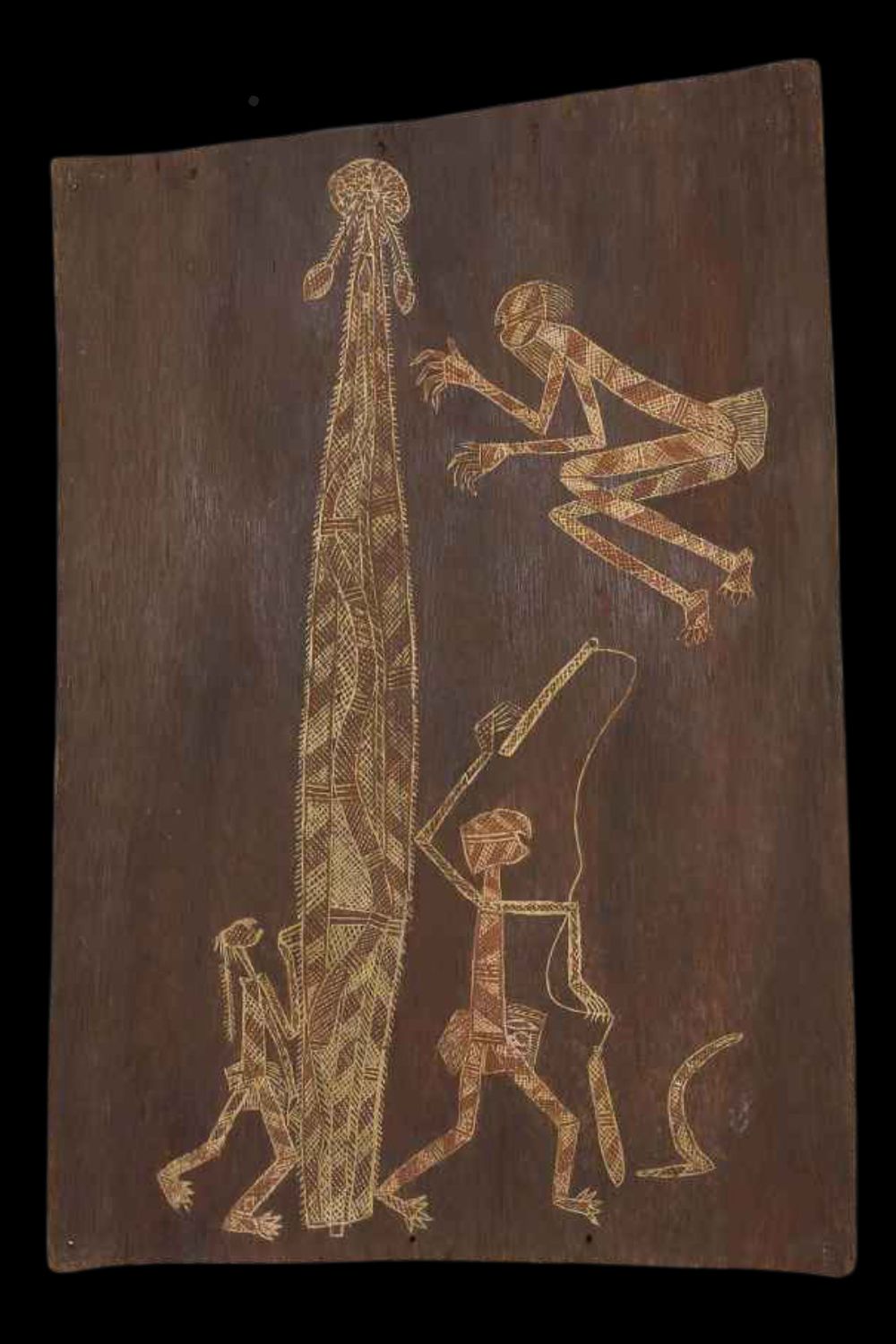
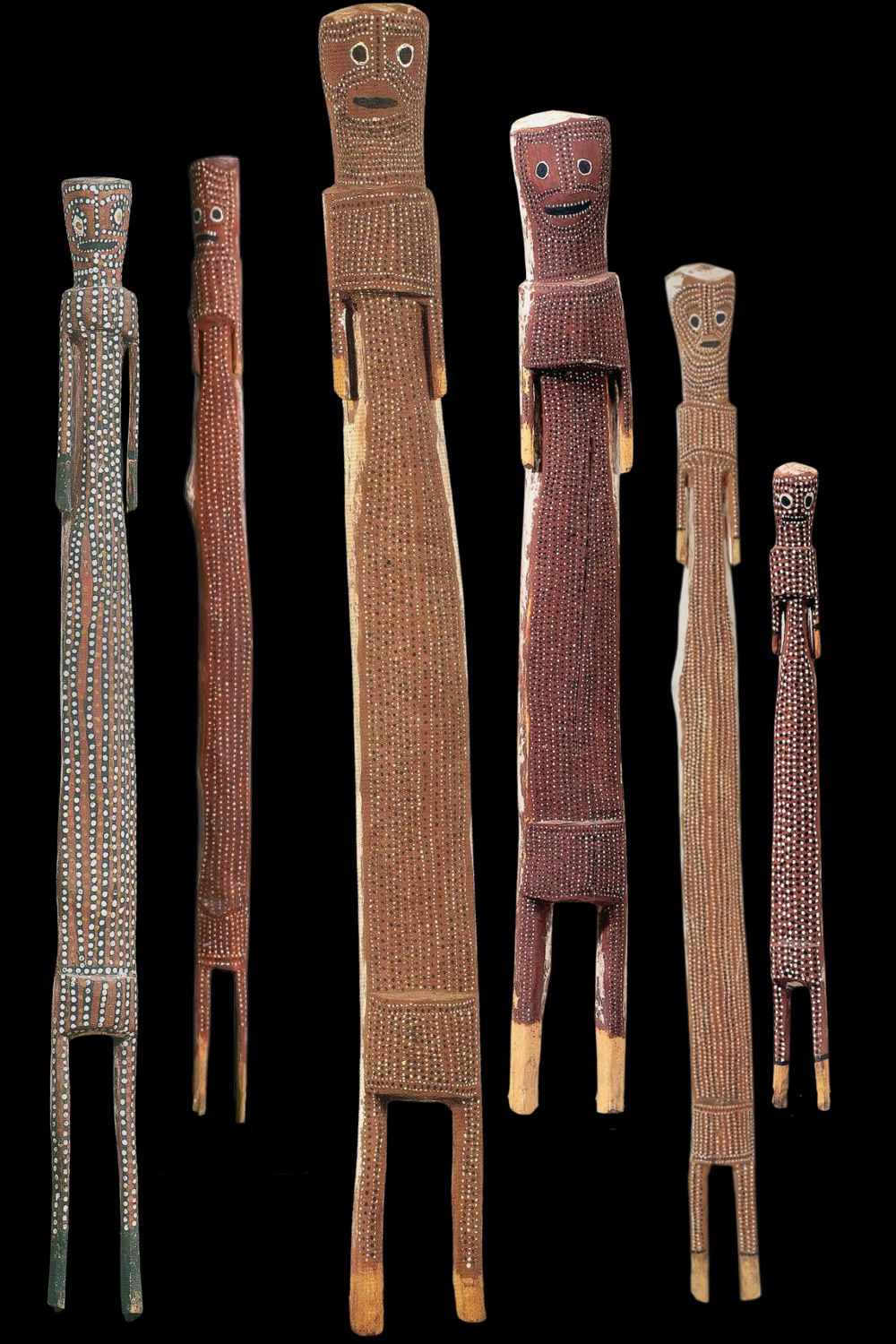
Crusoe Kuningbal
Crusoe Kuningbal (c. 1922–1984) also known as Guningbal is recognised as one of the most innovative Aboriginal artists of Western Arnhem Land. Renowned for his pioneering Mimih spirit sculptures and distinctive bark paintings, Kuningbal helped redefine the boundaries of Kuninjku art, blending ceremonial tradition with bold individual vision. One of the few early Aboriginal Sculpture makes his early works are sort after.
John Namerredje Guymala
John Namerredje Guymala is a highly regarded Aboriginal artist from Western Arnhem Land, whose bark paintings hold enduring appeal among collectors and curators of Indigenous Australian art. Working predominantly in the 1970s, Guymala is most celebrated for his iconic depictions of Ngalkunburriyaymi, the fearsome female spirit associated with sorcery and the Rainbow Serpent.
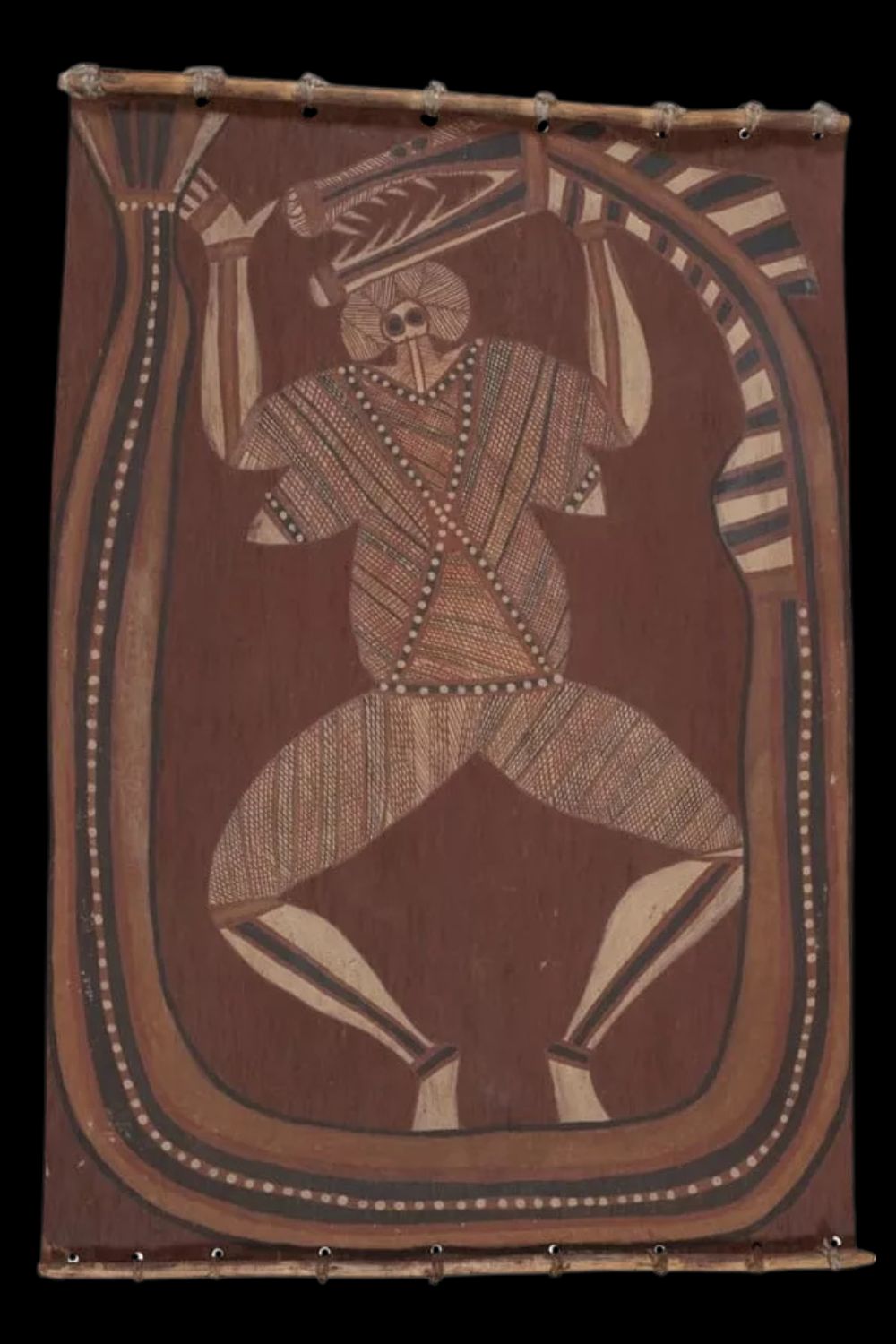
All images in this article are most importantly for educational purposes only.
This site may contain copyrighted material the use of which was not specified by the copyright owner.
